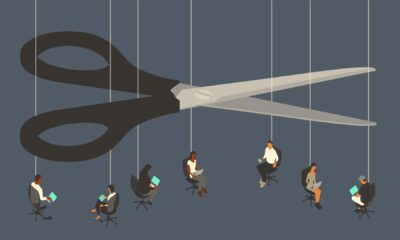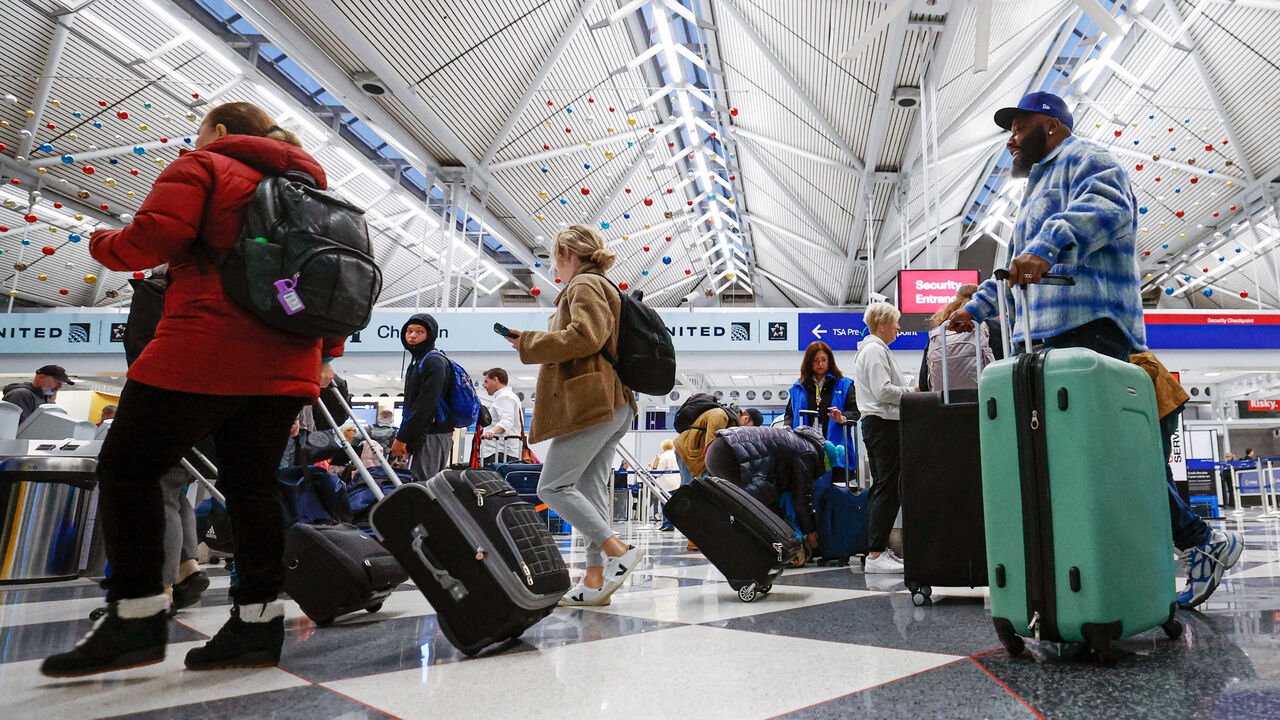LONDON — The U.K. economy continued to flatline in July on a month-on-month basis, flash figures published from the Office for National Statistics showed Wednesday.
Gross domestic product (GDP) came in below the expectations of economists polled by Reuters, who had forecast growth of 0.2%.
The country also logged no GDP growth in June.
Britain’s dominant services sector showed slight growth of 0.1% in the month to July, while production and construction output fell by 0.8% and 0.4%, respectively.
Britain’s economic growth was up 0.5% in the three month to July, slightly below economist expectations and the 0.6% recorded in the second quarter ending in June.
“The economy recorded no growth for the second month running, though longer term strength in the services sector meant there was growth over the last three months as a whole,” Liz McKeown, director of economic statistics at the ONS, said.
The U.K. economy had recorded modest but steady expansion almost every month so far this year, having emerged from a shallow recession at the start of the year.
The reading is the first under Prime Minister Keir Starmer’s new Labour government, which was elected on July 4.
Finance Minister Rachel Reeves said the print left her “under no illusion” of the challenges faced by the U.K. economy.
“I will be honest with the British people that change will not happen overnight. Two quarters of positive economic growth does not make up for fourteen years of stagnation,” Reeves said.
It comes ahead of the forthcoming Oct. 30 Autumn Statement, when Reeves will reveal her annual budget. She has already warned will be painful after she said she inherited a £22 billion ($29 billion) hole in the public finances from the former Conservative government. He predecessor Jeremy Hunt has denied the claims, describing the alleged black hole as “fiction.”
Lindsay James, investment strategist at Quilter Investors, said the prospect of tax raises could add further caution to consumer spending over the coming months.
“Tax rises have been flagged ahead of the Autumn Budget, and consumers and businesses may feel rather more cautious heading into the winter months as they await details from the Treasury,” she said.
But she added that further movement in interest rates anticipated from the Bank of England could help ease wider growth pressures. The central bank is set to meet next week for its latest policy decision, after cutting rates for the first time in four years last month.
“This month may just be a blip however, given recent positive noises that have been sounded about the state of the wider economy, especially as rate cuts will continue to be delivered over the coming year,” James noted.

 Blog Post1 week ago
Blog Post1 week ago
 Economics1 week ago
Economics1 week ago
 Finance1 week ago
Finance1 week ago
 Personal Finance1 week ago
Personal Finance1 week ago
 Accounting1 week ago
Accounting1 week ago
 Economics1 week ago
Economics1 week ago
 Personal Finance6 days ago
Personal Finance6 days ago
 Personal Finance1 week ago
Personal Finance1 week ago





















